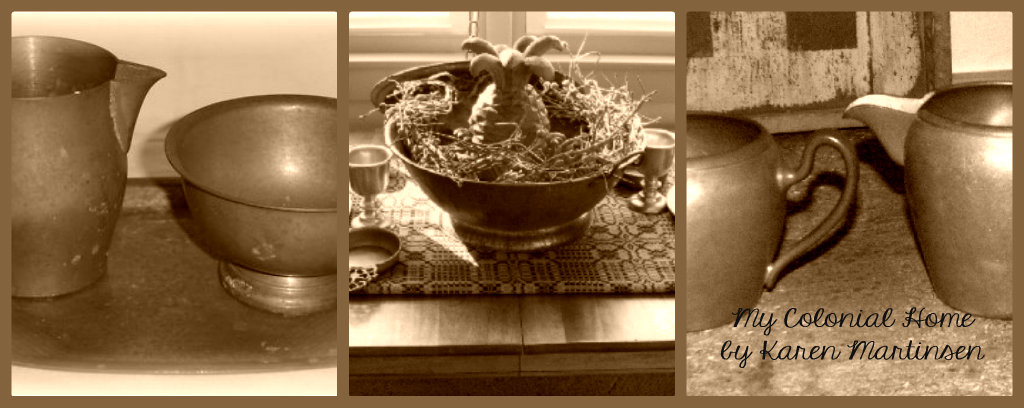Beaver County Times, July 2, 1975

The Colonial farm wife's stove was an open fireplace, and meal preparation could be both an arduous and smoky chore. One observer of the day reported, "This was a hard way to cook. Women would nearly break their backs lifting these heavy kettles on and off, burn their faces. smoke their eyes, singe their hair, blister their hands and scorch their clothes."
Another pioneer recalled his days on the frontier in the late 1770's: "Matches were not in use. hence fires were covered with ashes at night so as to preserve some live coals in the -morning. Rich people had a little pair of bellows to blow these live coals into a blaze but poor people had to do the best they could with their mouths. After having nearly smoked out my eyes trying to blow coals into life, I have had to give it up and go to a neighbor to borrow a shovel of fire."
The most important utensil for fireplace cooking was, naturally, the dinner pot, a stewing kettle which held five to ten gallons and weighed 20 or more pounds. Into this went meat and vegetables for the hearty stews that sustained the frontier men. Conquering a new land was hard work. The quantity of food was much more important to them than what they ate or how they ate it.
Meats might also be fried on the coals in a spider or skillet. or roasted on a spit before the fire, with a pan for drippings beneath. One way many colonials roasted fowl or joints of meat was to suspend them in front of the fireplace with a cord tied to a rafter. The meat had to be turned frequently. usually by hand. Advertisements for a mechanical turner appeared in Benjamin Franklin's "Pennsylvania Gazette" in 1740.
One Colonial farmer described the kitchen utensils thus: "The crane had a set of rods with hooks on each end, graduated in length so as to hang the kettle at the proper height from the fire. In addition to kettles we had the long-handled frying-pan, the three-legged short-handled spider and the griddle for buckwheat cakes. Then there was the bake-kettle or oven, with legs and a closely fitted cover. In this was baked the pone (cornpone) for the family. I can say truthfully that pone was not used more than thirty days a month."
Corn in all its splendid variety was a staple of the colonial diet, and the methods for preserving it were almost as numerous as the means of cooking it. Settlers who were remote from grist mills had two methods of grinding corn. One was grinding it with a hand mill, the other was with a mortor and pestle. The mortar of the first settlers, like that of the Indians, was a large block of wood with a burnt out hole a foot or more deep. The pestle was a long, rounded stone weighing 10 or 12 pounds, or along, rounded block of wood.
Table utensils were as un-glorified as the tools that were used to prepare the food. They were mostly of wood and homemade, with the most common being a trencher, a kind of plate. Pewter, silver, glassware and crockery were almost unknown in the early colonies, and those pieces that did exist were used only on very special occasions.
There were almost no forks on the colonial farm table, but there were spoons. Knives were used not only to cut meat, but to convey it to the mouth.

Oh, Karen, so happy I live in this century. I love your blog - gonna bookmark it! You did a nice job!
ReplyDeleteCarrie (CJJB)
Hi carrie,
ReplyDeleteThanks so much...you are just so sweet!
Thank you for this.I love reading about colonial life.If you have anymore articles could you email them to me at elanza (at)atlanticbb (dot)com ?We live in PA and are thinking of purchasing an old stone house!
ReplyDelete